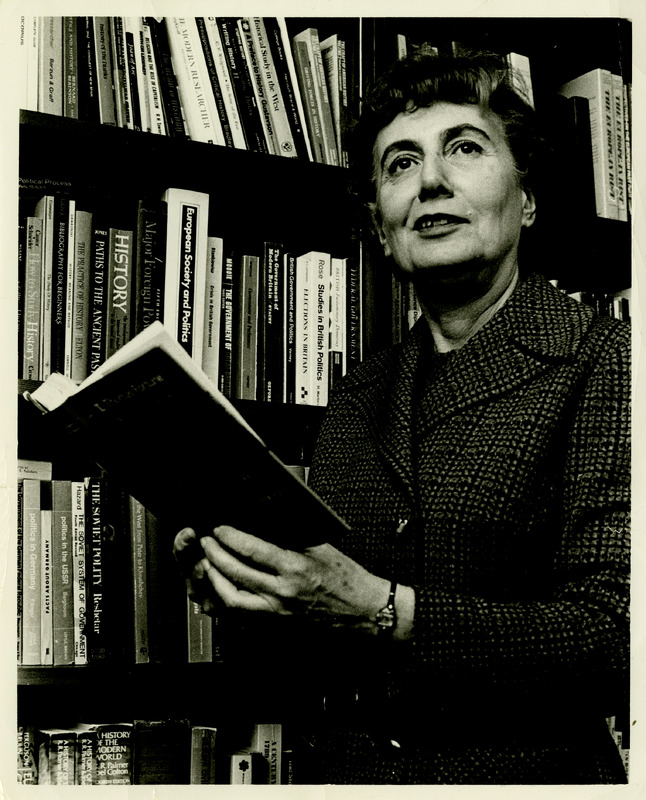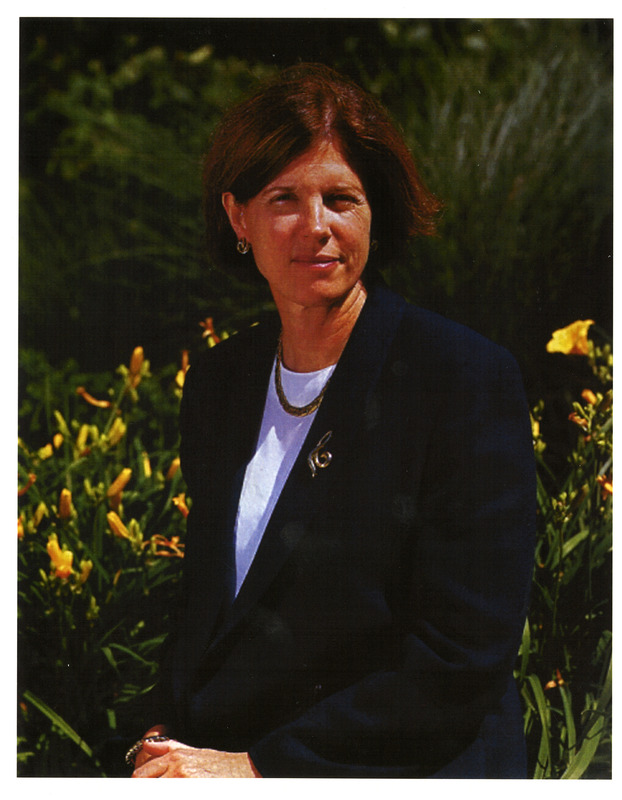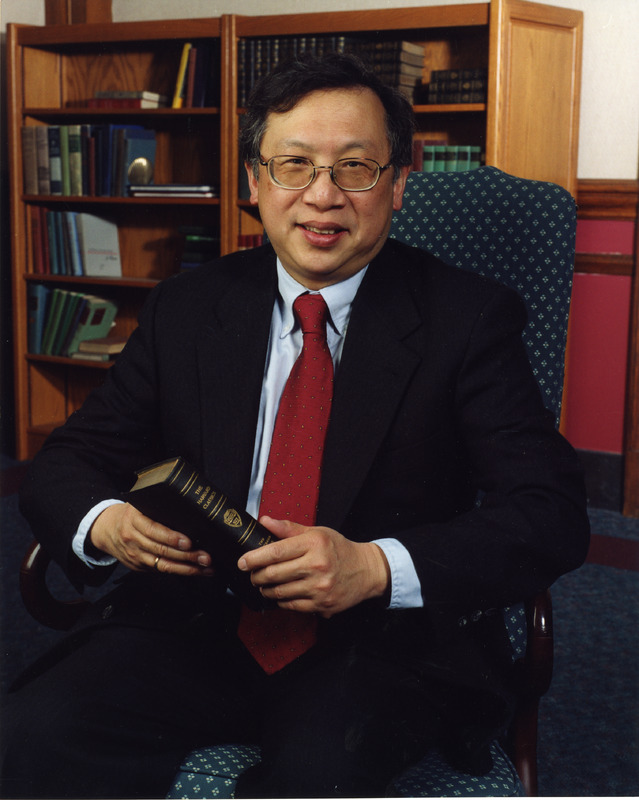Butler University Today
What of Butler today? This exhibit obviously does not include everything—more recent decades are barely mentioned, and the student voice is minimal at best. Built upon the research and dedication of both present and past individuals in the Department of Special Collections, Rare Books, and University Archives, this exhibit is only a starting point in understanding the University’s complex history. The stories captured in this exhibit are only a glimpse of how Butler has carried out the founders’ early ideals and the individuals pushing the institution forward, including the ones featured below.
Special Collections is working to increase access to our current archival collections and build our holdings for future researchers. As the department actively works to preserve Butler history, Special Collections hopes to continue to collect and share stories of student groups—such as Alliance (LGBTQIA+) and the Black Student Union—and student-supporting departments—such as the Efroymson Diversity Center and the Hub for Black Affairs and Community Engagement—to more fully tell and document the Butler story. Special Collections hopes to share more of these stories in future exhibits—especially those from the student perspective.
Emma Lou Thornbrough (1913-1994) significantly contributed to research and scholarship in the field of Black history, especially in Indiana-centric topics. While not a person of color, Thornbrough felt that her gender and her own experiences of discrimination as a woman gave her empathy in her research. Raised in Indianapolis and a Butler University graduate (BA, MA), she received her PhD from the University of Michigan before returning to teach at the University. Thornbrough taught in the Department of History from 1946 until she retired in 1983.
Thornbrough published many articles and books on African American history in Indiana, including The Negro in Indiana before 1900 (1957), Indiana in the Civil War Era 1850-1880 (1965), and the posthumous Indiana Blacks in the 20th Century (2000). She won national awards for her research, teaching, and impact on students, including the Ford Faculty Fellowship and the Butler Medal. At the University, she was integral to the development of the cross-cultural Change and Tradition Program, the precursor to the Core Curriculum’s Global and Historical Studies Program. Thornbrough’s sister Gayle (1914-1999) was also a major force in the Indiana history field, serving as a librarian, editor, and later as the director of the Indiana Historical Society. Named in both their honors, the annual Thornbrough Lecture Series (formerly associated with the University and now organized by the Indiana Association of Historians) invites speakers who focus on Indiana history, African American history, and civil rights.
Gwen Fountain became Butler University’s first female president in 2000. With degrees from Kalamazoo College (BA), University of Michigan (PhD), and Butler, she began teaching economics and management at the University in 1975 in the predecessor of the Lacy School of Business. Prior to her role as president, she had also served as the School of Business’s Director of Undergraduate Programs, the Associate Provost for Student Learning, and Dean of Academic Affairs.
Fountain served as interim president from 2000 to 2001. Her goals while in office included balancing the University’s budget and reducing the University’s draw from the endowment. She also felt Butler was in a good position to review its academic programs and suggested academic programs with focuses on science and technology. With the hiring of a new president, Fountain left for a director position at The Children’s Museum of Indianapolis in 2001, in which she worked until her retirement at the end of 2006.
Bobby Fong (1950-2014) served as Butler University’s 20th president. Taking office in 2001, Fong became one of only 20 Asian American college presidents at the time, and he was the first Asian American and person of color to serve as president at the University. The child of Chinese immigrants, Fong received degrees from Harvard University (BA) and University of California, Los Angeles (PhD) before the start of his academic career, which included at Berea College, Hope College, and Hamilton College prior to Butler. In 2011 Fong left to become the president of Ursinus College.
As the University’s president, Fong focused on improving inclusivity, diversity, and student quality of life. Part of Fong’s legacy includes establishing the Efroymson Diversity Center and establishing a partnership with the Indianapolis Public Schools (IPS) that created the Shortridge Magnet High School and the IPS/ Butler University Laboratory School. In 2011, Fong received the President’s Award from the National Association of Student Personnel Administrators to recognize his contributions to the University and higher education.
During his tenure, Fong doubled the endowment, generated record-breaking incoming class sizes, increased student retention, and oversaw a ten-percent graduation rate increase. The University’s student facilities significantly expanded in the early 20th century, including the Health and Recreation Center (HRC), Apartment Village, and additions to the Pharmacy and Health Sciences Building and Lilly Hall. The University’s ranking in the U.S. News & World Report Best Colleges also rose from seventh to second place.


